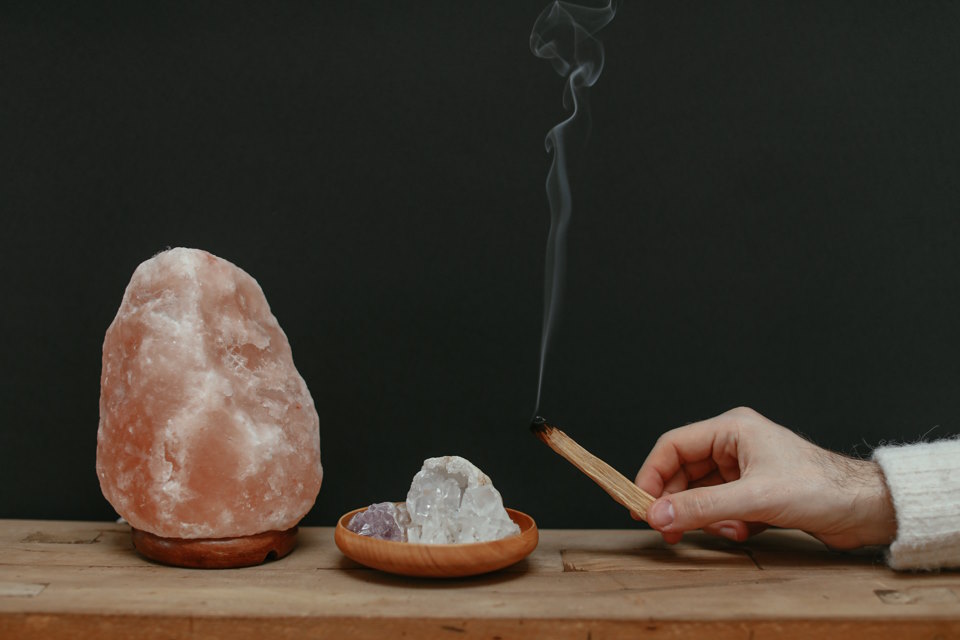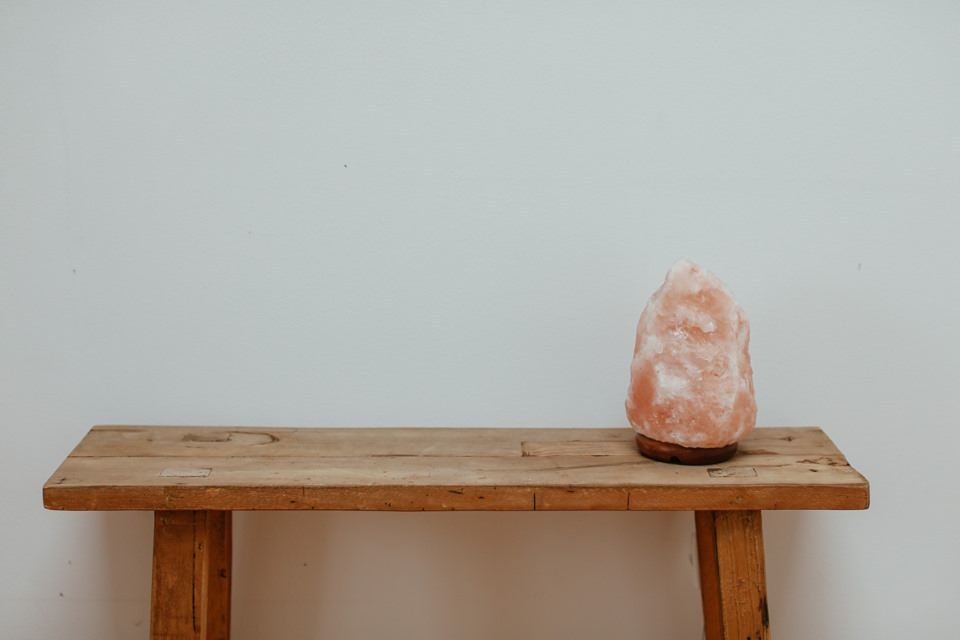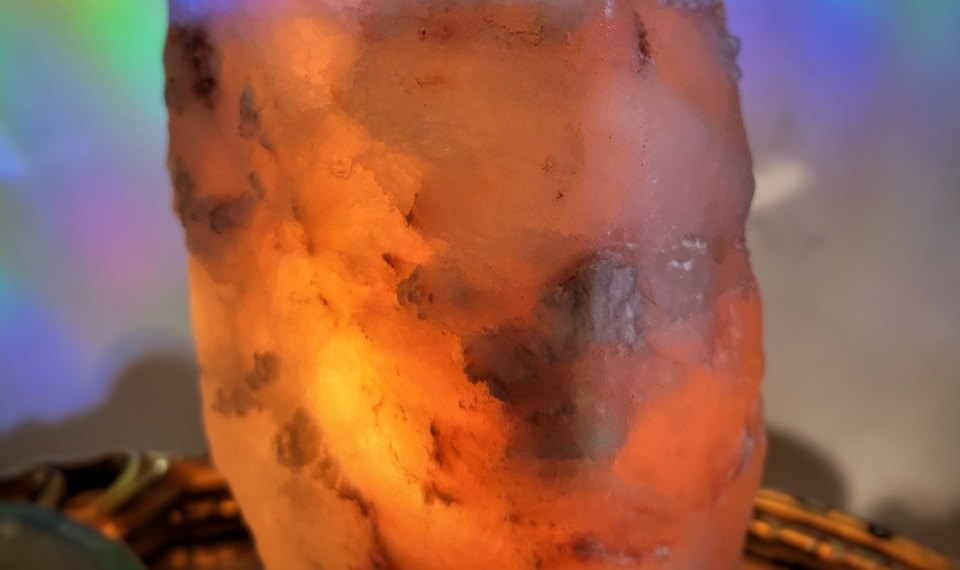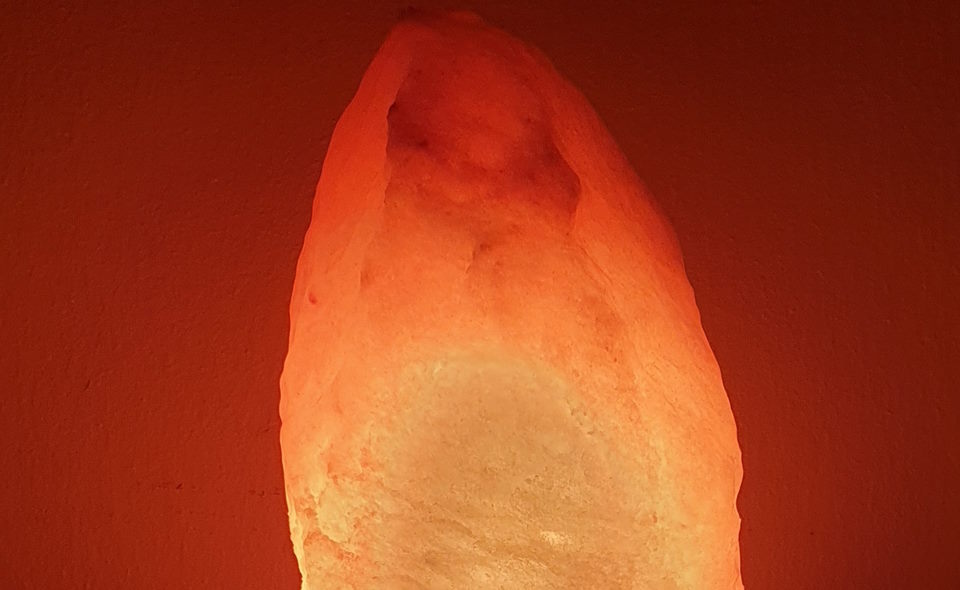Salt lamps have been gaining popularity lately as more people search for natural ways to enhance their overall wellness. These beautiful lamps are made from Himalayan salt crystals and are said to have a range of benefits, from purifying the air to improving sleep quality. However, with any new trend, there are bound to be questions and concerns. We’ll explore some of the potential negatives of salt lamps, including the possibility of headaches, and answer the most commonly asked questions about their safety and benefits. So, let’s start delving deeper into the world of salt lamps and see what we can find out!
Introduction

Many people use salt lamps as a way to purify the air and create a peaceful atmosphere in their homes. But there is a common concern that these lamps can cause headaches. So, can salt lamps cause headaches? The answer is not straightforward.
Firstly, it is important to note that there is no scientific evidence that salt lamps cause headaches. However, some people may experience headaches or other symptoms if they are exposed to too much negative ions. Negative ions are produced by salt lamps when they are heated by a light bulb, and they are known to have a positive effect on our mood and overall well-being. But in some cases, they can cause problems.
According to a study published in the Journal of Environmental Psychology, some people are more sensitive to negative ions than others. For these individuals, exposure to high levels of negative ions can lead to symptoms such as headaches, dizziness, and nausea. However, the study also found that the negative ions produced by salt lamps were generally not strong enough to cause these symptoms.
- If you are concerned about the potential negative effects of salt lamps, there are a few things you can do to minimize your risk:
- Choose a high-quality salt lamp from a reputable seller. Some lower-quality lamps may emit higher levels of negative ions.
- Avoid placing your salt lamp directly next to your bed or in a small, enclosed space.
- Limit your exposure to salt lamps to a few hours per day, rather than leaving them on all the time.
What Are the Negatives of Salt Lamps?

Salt lamps have been popular for quite some time now due to their claim of being helpful in purifying air and improving mood. However, even with such benefits, there are some concerns about its negative impacts on health and environment.
One of the negative aspects of salt lamps is the possibility of salt build-up on surfaces. As salt is hygroscopic, it tends to absorb moisture, which results in the forming of crystals on the surface of the lamp. If left uncleaned, this can lead to damage to furniture and even lung problems once bacteria and other harmful substances grow in the moist environment.
Another downside of salt lamps is the danger of fire. As it gives off heat, it is recommended to keep it away from curtains, blankets, and other flammable materials. There are also reported incidents of explosion due to the poor quality of the Himalayan salt used and the lack of safety measures when producing the lamps.
- Overexposure to negative ions might also bring harmful effects on health. Salt lamps generate negative ions that are beneficial in minimizing pollutants in the air. However, too much of it may cause imbalances in the body system, leading to increased stress levels and asthma attacks.
- Lastly, the unethical production of salt lamps is another negative. There are reports of poor living conditions and health hazards to workers in mines in the Himalayan region where the salt is harvested. Some manufacturers use child labor and other inhumane practices in making such lamps, which puts a dent in their claim of being eco-friendly and holistic.
Is It Safe to Sleep Next to a Salt Lamp?

If you’re considering purchasing a Himalayan salt lamp to enhance your beauty sleep, you might be wondering if it is actually safe to sleep next to a salt lamp. This is a valid concern, as salt lamps do emit a low level of negative ions and electromagnetic radiation. Let’s explore the topic further to understand the potential risks and benefits of sleeping with a salt lamp.
Negative ions and electromagnetic radiation are two of the major reasons why people choose to use salt lamps. Negative ions help to cleanse the air and improve air quality, while electromagnetic radiation emitted by electronic devices can disrupt sleep and cause other health problems. However, the amount of negative ions and electromagnetic radiation emitted by salt lamps is very low compared to other sources, such as computers or cell phones. Therefore, sleeping next to a salt lamp is generally considered safe.
- However, if you have specific health concerns related to electromagnetic radiation, such as sensitivity or an immune system disorder, it may be best to avoid sleeping with a salt lamp nearby.
- Additionally, if you’re sharing a bed with someone who is particularly sensitive to light or noise, the soft glow from a salt lamp may be disruptive to their sleep.
| Benefits of Sleeping with a Salt Lamp | Potential Risks of Sleeping with a Salt Lamp |
|---|---|
| 1. Improved air quality | 1. Light and noise sensitivity |
| 2. Relaxation and stress relief | 2. Health concerns related to electromagnetic radiation |
| 3. Promotion of a calm sleep environment |
Is It Safe to Leave Salt Lamps on All the Time?

Many people use salt lamps for their purported health benefits, as well as for their unique aesthetic appeal. However, one question that often comes up is whether it is safe to leave salt lamps on all the time. After all, nobody wants to create a fire hazard or expose themselves to any potential dangers.
First of all, it’s worth noting that salt lamps are typically quite safe to use. They are made from natural Himalayan salt crystals and are designed to be used for extended periods of time without causing any harm. In fact, many people leave their salt lamps on 24/7 to maximize the benefits they offer.
- However, there are a few factors to keep in mind if you’re planning to leave your salt lamp on all the time. For one thing, it is important to ensure that the lamp is placed on a sturdy surface that is not at risk of tipping over or getting knocked over.
- Additionally, it’s important to keep the lamp away from any flammable materials such as curtains, fabrics, or paper. This is because the heat generated by the lamp can potentially cause these materials to catch on fire if they are too close.
- It’s also worth considering the energy usage of your salt lamp. While these lamps generally don’t use a lot of energy, leaving them on all the time can still add up over time and result in higher energy bills.
Are Salt Lamps Good for Your Lungs?

More and more people have been using salt lamps to help with their breathing problems, and as an alternative to air purifiers. But the question remains, are salt lamps actually good for your lungs?
The answer is a resounding yes! Salt lamps have been used for centuries as a way to purify the air. The way they work is by emitting negative ions that can help remove pollutants and allergens from the air. These negative ions work by attaching themselves to positively charged particles such as dust, dirt, and bacteria, and neutralizing their charge, causing them to fall to the ground, leaving the air cleaner and easier to breathe.
- One of the best things about salt lamps is that they are completely natural and chemical-free. Unlike air purifiers that use filters and other artificial means to clean the air, salt lamps work by harnessing the power of nature.
- Another advantage of using salt lamps is that they create a warm and calming atmosphere in a room. This is especially true when used as a nightlight or during meditation. They emit a soft and warm glow that can help relax the mind and body, making it easier to sleep and rest.
- However, it is important to note that although salt lamps are good for your lungs, they are not a cure for respiratory problems. If you have a condition such as asthma or COPD, it is important to continue using any prescribed medications as directed by your doctor. Salt lamps can help alleviate symptoms, but they should not replace medical treatment.
In conclusion, salt lamps are good for your lungs, particularly for those who suffer from allergies or other breathing problems. They are a natural and safe way to clean the air in your home, while also creating a warm and soothing atmosphere. So go ahead and invest in a salt lamp today, your lungs will thank you!

